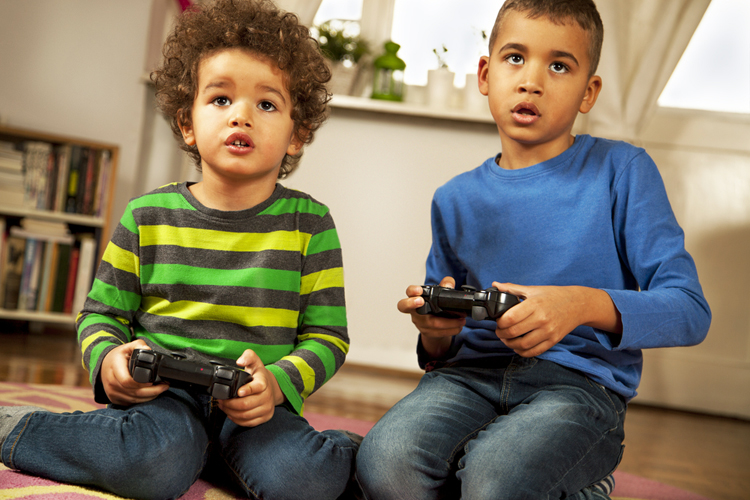The third annual Partcipaction report card was released Tuesday and for the third year in a row, Canadian children receive a D- for overall physical activity.
The Report Card on Physical Activity for Children and Youth found that only nine percent of five to 17-year-olds get the recommended one-hour of moderate to vigorous physical activity per day. In contrast, 70 percent of three to four-year-olds get the recommended three hours of physical activity per day.
And researchers say helicopter parenting is to blame.
“Sanitizing and bubble wrapping the entire population to prevent what, in many cases is the unpreventable, is sacrificing the whole population,” said Dr. Mark Tremblay, director of the Healthy Active Living and Obesity Research Group at the Children’s Hospital of Eastern Ontario (HALO-CHEO) and chief scientific officer of the report.
“We’re actually compromising healthy child development by hovering over them so much, keeping them sanitized and indoors, with the misguided belief that that’s the safest thing for them.”
Tremblay suggests that while scraped knees can happen, playing outdoors allows for not only physical benefits, but mental and social as well, as children learn to explore, create and imagine, both together and independently. By over-supervising children, he says that parents take away their opportunity to learn important decision making and risk taking skills.
The report states that only 24 percent of five to 17-year-olds spend less than two hours in front of a screen. Meaning 76 percent spend more than two hours on an electronic device.
On average, children and teens are sedentary (inactive or sitting) an average of 8.5 hours a day. Long-term consequences of sedentary behaviour include the development of heart disease, obesity and Type 2 diabetes.
The report card also includes a position statement, developed by HALO-CHEO and 12 other organizations, to promote outdoor play and provides recommendations for parents, educators and health professionals.
These recommendations include encouraging children to engage in an outdoor environment, working outdoor learning into classroom settings and for society, to realize that children are capable of handling the little things.

Leave a Reply